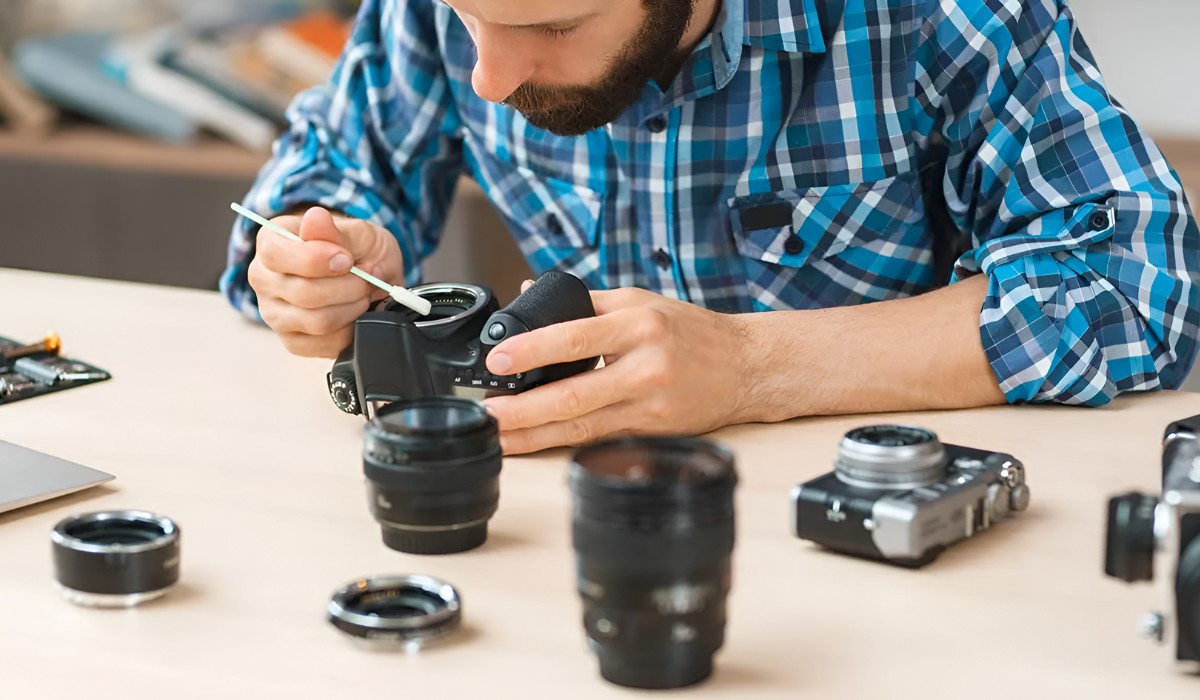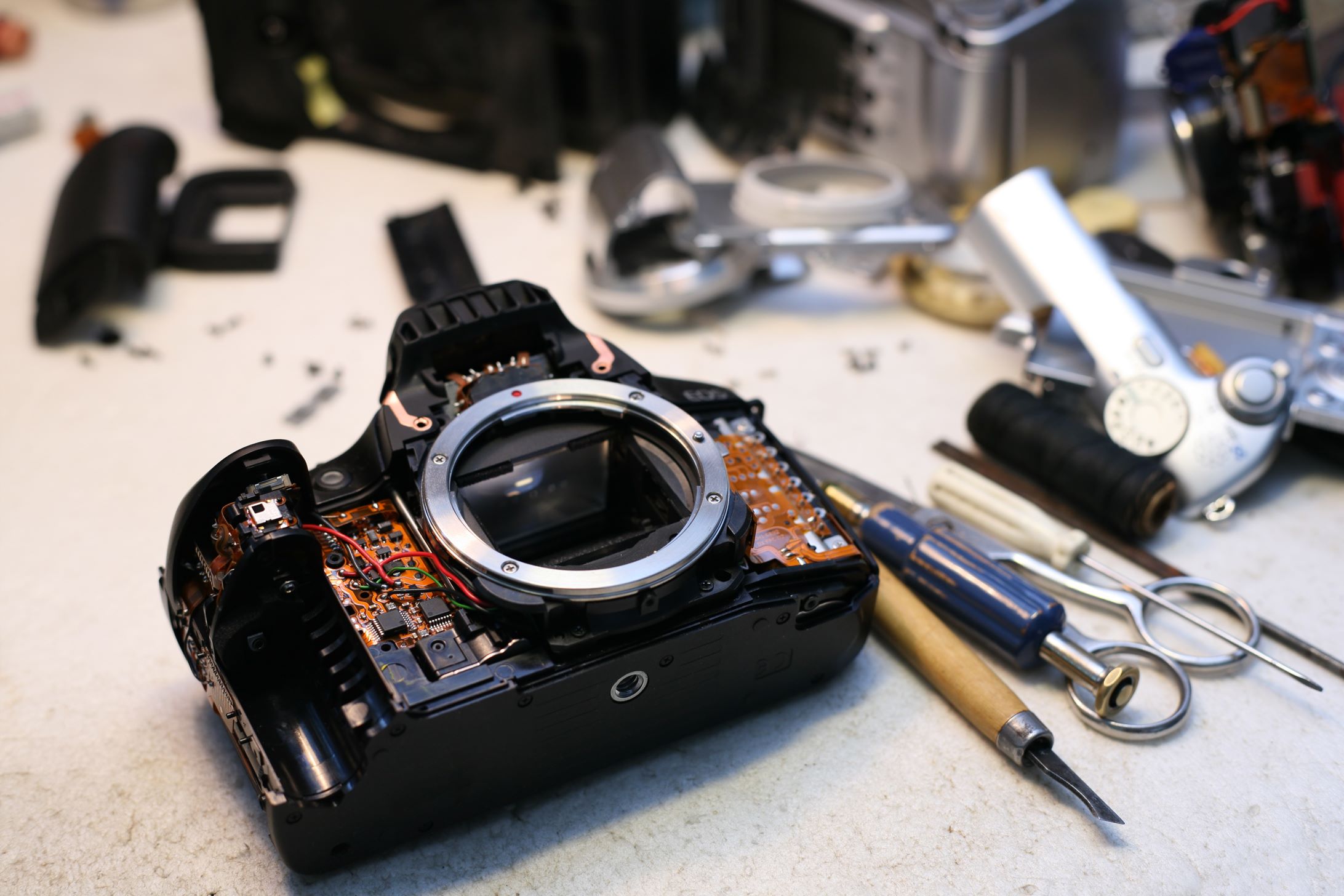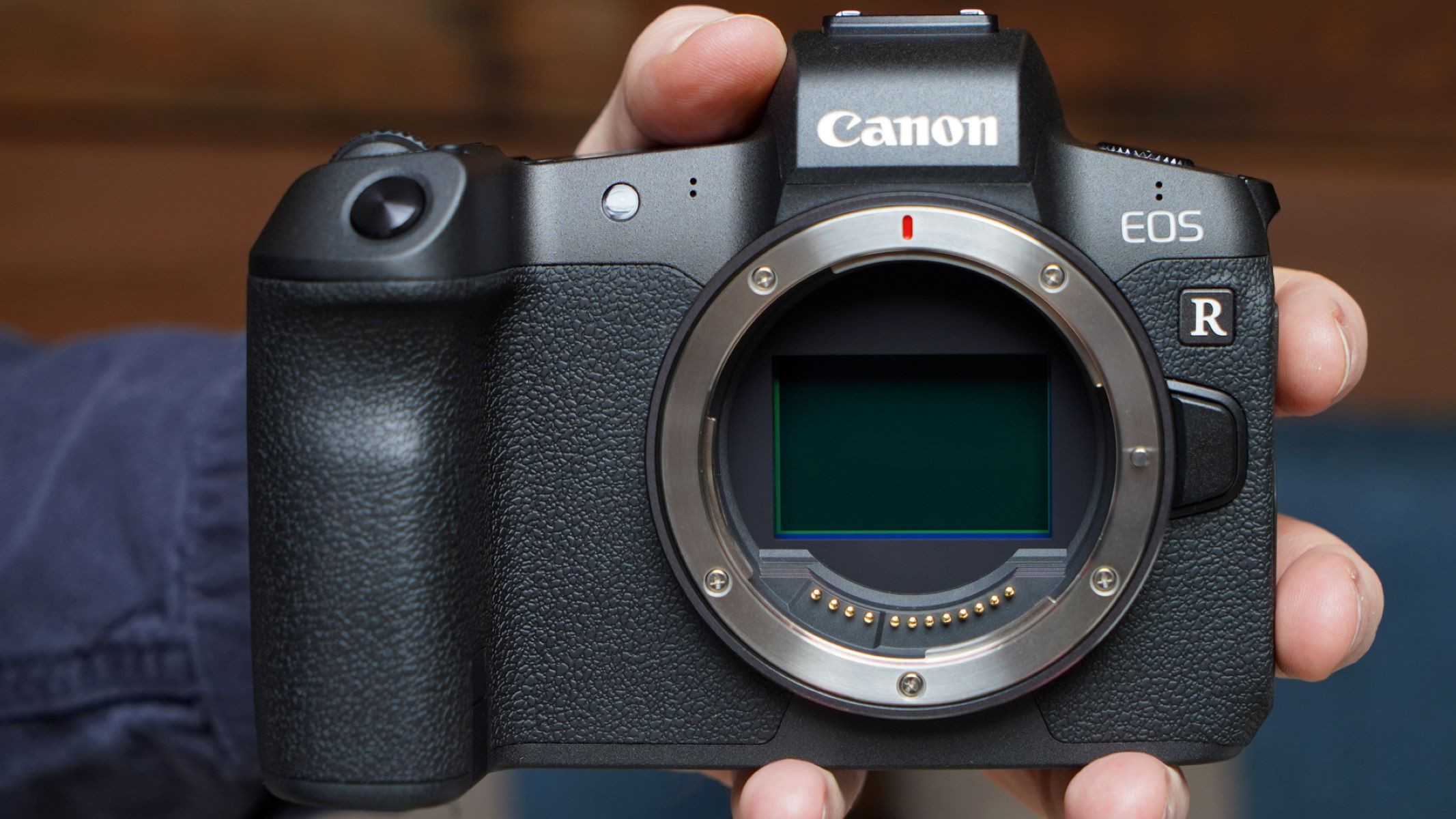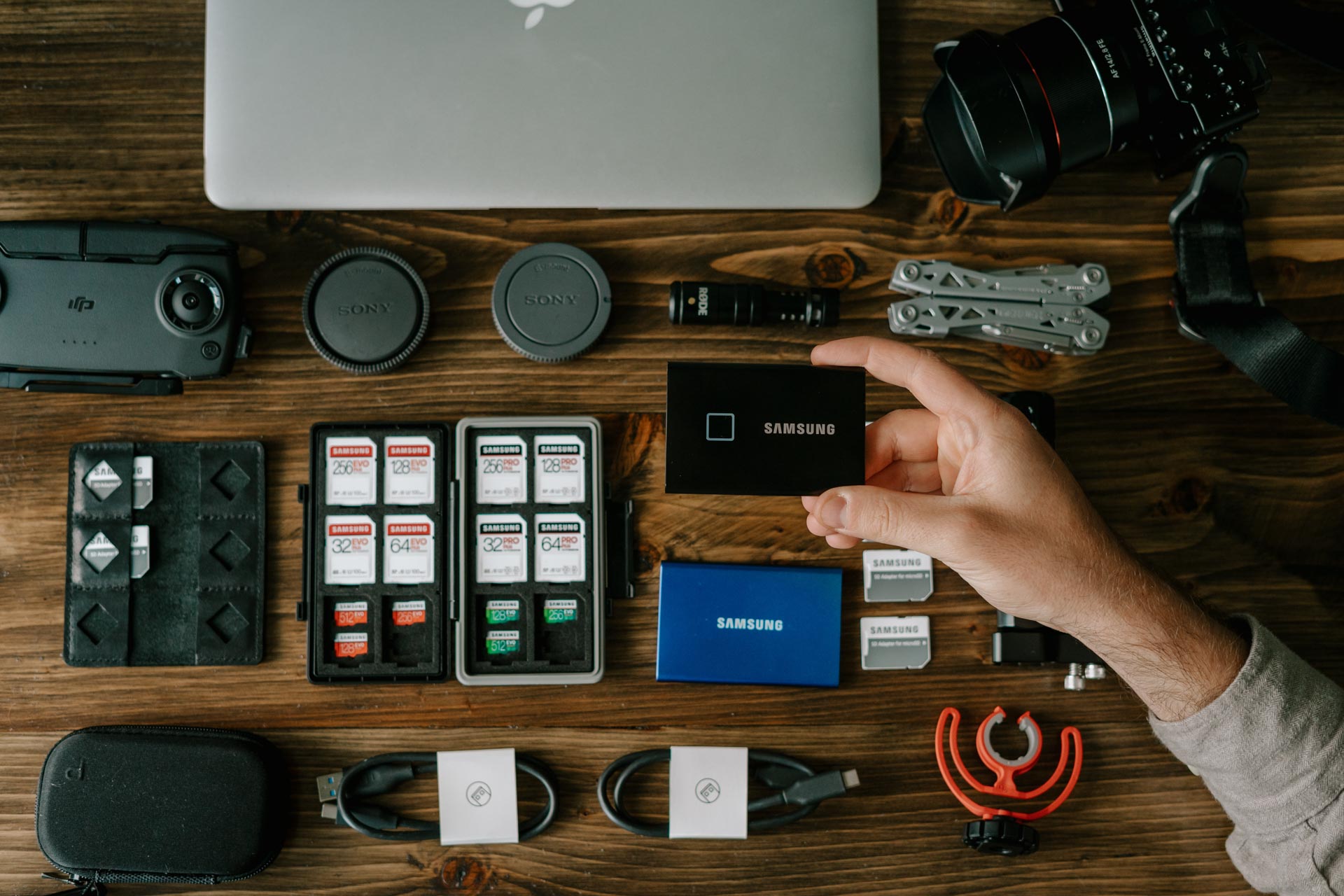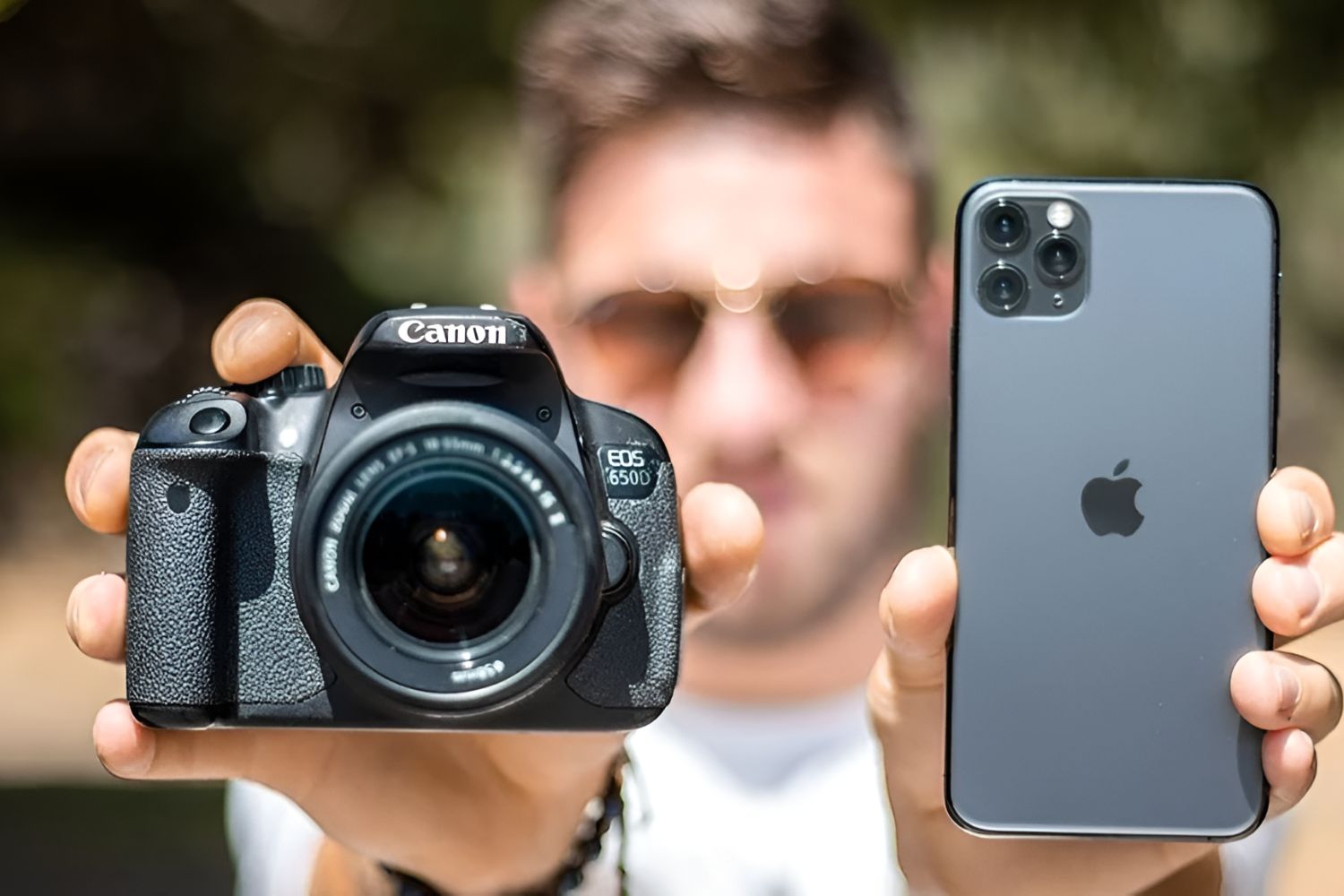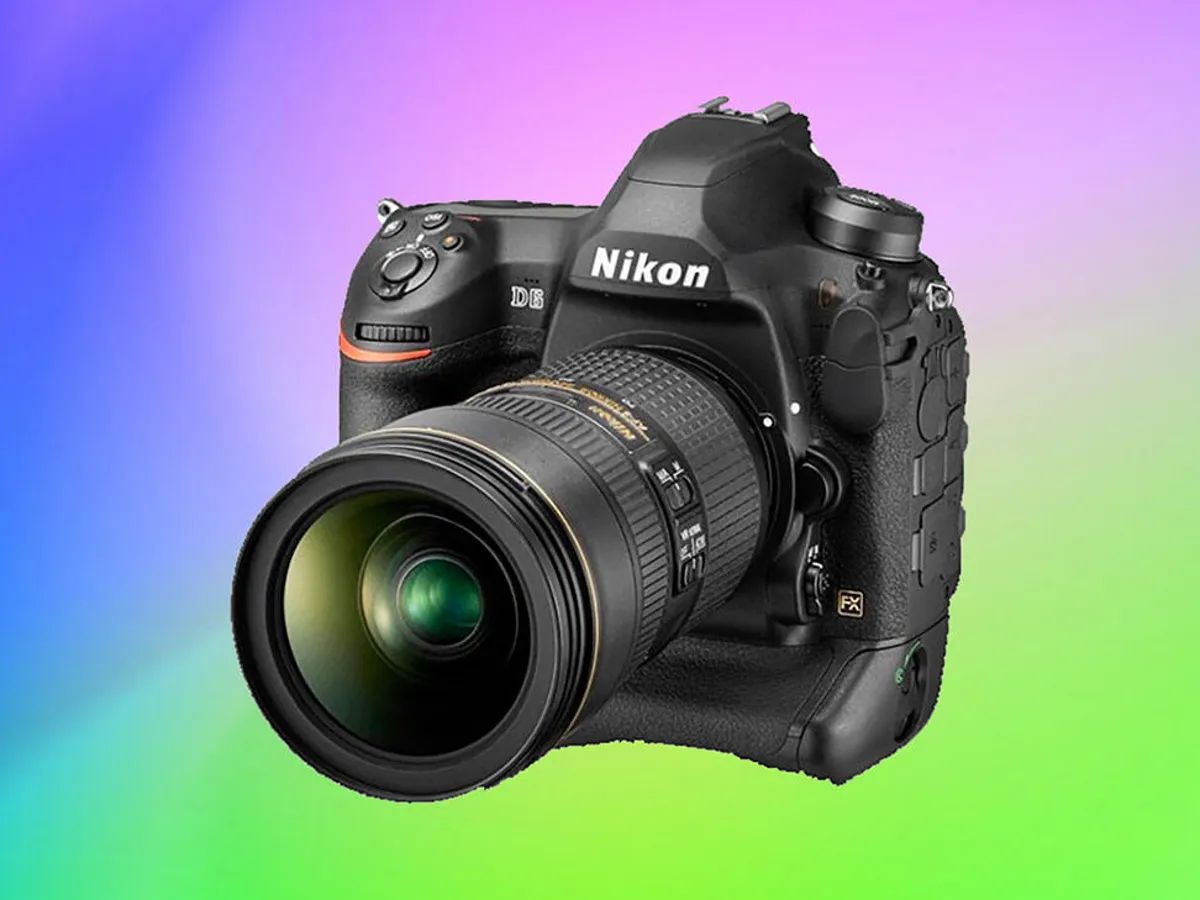Better Image Quality
One of the primary reasons to consider investing in a DSLR camera is the significant improvement in image quality it offers. DSLRs are equipped with larger image sensors compared to most compact cameras and smartphones. This larger sensor size allows for greater light sensitivity, resulting in sharper, more detailed images with reduced noise, especially in low-light conditions. The ability to capture a wider range of colors and tones also contributes to the superior image quality produced by DSLR cameras.
Additionally, DSLRs provide the option to shoot in RAW format, which preserves all the image data captured by the sensor without any lossy compression. This allows for more flexibility during post-processing, enabling photographers to make precise adjustments to exposure, contrast, and color, ultimately leading to higher-quality final images.
Furthermore, the ability to use high-quality lenses with DSLR cameras further enhances the overall image quality. The versatility of interchangeable lenses allows photographers to select the most suitable lens for each specific shooting scenario, whether it’s capturing breathtaking landscapes, intimate portraits, or fast-paced sports events. The combination of a superior sensor and high-quality lenses ensures that DSLR users can consistently achieve stunning, professional-grade images.
Interchangeable Lenses
One of the standout features of DSLR cameras is their compatibility with interchangeable lenses, offering photographers unparalleled creative control and the ability to adapt to diverse shooting situations. The flexibility provided by interchangeable lenses empowers photographers to explore various perspectives, focal lengths, and artistic effects, ultimately expanding their creative horizons.
With a wide array of lenses available, including wide-angle, telephoto, macro, and prime lenses, DSLR users can effortlessly switch between different lenses to achieve their desired composition and visual impact. Whether capturing sweeping landscapes, isolating distant subjects, or delving into the intricate details of small subjects, the versatility of interchangeable lenses enables photographers to realize their artistic vision with precision and clarity.
Furthermore, the option to utilize specialized lenses, such as fast prime lenses with wide apertures or high-quality zoom lenses, allows photographers to adapt to challenging lighting conditions and varying subject distances, ensuring exceptional image quality across a diverse range of scenarios. This adaptability is particularly advantageous for professionals and enthusiasts who demand uncompromising performance and reliability from their photographic equipment.
Moreover, the ability to experiment with different lenses fosters continuous learning and skill development, as photographers gain insights into the unique characteristics and capabilities of each lens type. This hands-on experience with diverse lenses not only enhances technical proficiency but also encourages creative exploration, leading to the cultivation of a distinct photographic style and a deeper appreciation for the art of photography.
Manual Control
DSLR cameras offer photographers an unparalleled level of manual control, allowing them to fine-tune every aspect of their photographic settings to achieve the desired results. This hands-on approach to photography empowers users to exercise precise control over exposure, focus, aperture, and shutter speed, resulting in images that authentically reflect their creative vision.
By adjusting the camera’s settings manually, photographers can tailor their shooting parameters to suit the specific requirements of each scene, whether it involves capturing fast-moving subjects with a high shutter speed, creating a shallow depth of field for artistic portraits, or controlling the exposure to achieve the perfect balance of light and shadow. This level of control fosters a deeper understanding of photography fundamentals and encourages photographers to experiment with different techniques to elevate their craft.
Moreover, the tactile experience of manipulating physical dials and buttons on a DSLR camera fosters a more intimate and engaging connection between the photographer and their equipment. This tactile feedback enhances the overall shooting experience, allowing photographers to make swift adjustments on the fly, without the need to navigate complex menu systems or rely solely on automated settings.
Additionally, the ability to manually focus using the precise focusing ring on compatible lenses offers a level of precision that may not be easily achievable with autofocus systems, particularly in challenging or unique shooting conditions. This manual focus capability is particularly valued by photographers who specialize in genres such as macro photography, where precise focusing is paramount to capturing intricate details with exceptional clarity.
Low Light Performance
DSLR cameras excel in low-light conditions, delivering exceptional performance that surpasses the capabilities of many compact cameras and smartphones. The superior low-light performance of DSLRs can be attributed to several key factors, including their larger image sensors, advanced noise reduction capabilities, and the ability to utilize high-quality lenses with wide apertures.
With their larger sensors, DSLR cameras can capture more light, resulting in reduced image noise and greater detail in low-light environments. This advantage is particularly valuable when shooting in dimly lit indoor settings, at twilight, or during nighttime photography, where maintaining image clarity and minimizing noise is essential for producing high-quality, professional-grade images.
Furthermore, DSLRs are equipped with advanced noise reduction algorithms that effectively mitigate image noise without compromising image sharpness or detail. This ensures that photographers can confidently push the boundaries of low-light photography, capturing stunning images with minimal noise artifacts, even at higher ISO settings.
The capability to leverage high-quality lenses with wide apertures, such as prime lenses with large maximum apertures like f/1.8 or f/1.4, further enhances a DSLR’s low-light performance. Wide apertures enable more light to reach the camera’s sensor, facilitating faster shutter speeds and greater flexibility in challenging lighting conditions. This, in turn, allows photographers to capture captivating low-light scenes with remarkable clarity and minimal motion blur.
Moreover, the availability of external flash units and advanced lighting accessories compatible with DSLR cameras expands the creative possibilities in low-light photography, enabling photographers to effectively illuminate subjects and scenes while maintaining a natural and balanced aesthetic.
Faster Autofocus
DSLR cameras are renowned for their rapid and accurate autofocus systems, which are instrumental in capturing sharp, well-defined images across a wide range of shooting scenarios. The advanced autofocus capabilities of DSLRs are particularly advantageous for capturing fast-moving subjects, tracking action-packed events, and achieving precise focus in various shooting conditions.
One of the key contributors to the swift autofocus performance of DSLR cameras is the phase-detection autofocus (PDAF) technology integrated into their dedicated autofocus sensors. This sophisticated technology enables DSLRs to swiftly and accurately determine the correct focus point by analyzing the phase differences of incoming light, resulting in swift and precise focus acquisition, even in dynamic or challenging shooting situations.
Moreover, many modern DSLR models feature advanced autofocus systems with a multitude of focus points distributed across the frame, allowing photographers to effortlessly track and maintain focus on subjects moving within the scene. This expansive coverage of focus points enhances the camera’s ability to swiftly lock onto subjects, ensuring that critical moments are captured with exceptional clarity and precision.
Furthermore, the responsiveness and accuracy of DSLR autofocus systems are further augmented by the compatibility with a diverse selection of high-performance lenses optimized for swift and silent autofocus operation. Whether it’s capturing fleeting moments in sports photography, tracking subjects in wildlife photography, or achieving precise focus in challenging lighting conditions, the seamless integration of DSLRs with high-quality autofocus lenses ensures that photographers can consistently achieve sharp, well-focused images.
Optical Viewfinder
The optical viewfinder is a distinctive feature of DSLR cameras that offers numerous advantages, enhancing the overall shooting experience and aiding photographers in achieving precise compositions and focus accuracy. Unlike electronic viewfinders found in mirrorless cameras, the optical viewfinder of a DSLR provides a direct, unmediated view of the scene through the lens, offering a natural and immersive viewing experience that remains unparalleled in the realm of digital photography.
One of the primary benefits of an optical viewfinder is its ability to provide an unobstructed, real-time view of the scene, allowing photographers to accurately frame their shots and anticipate the precise moment to capture an image. This direct optical connection with the subject fosters a deeper sense of engagement and connection with the photographic process, enabling photographers to react swiftly to unfolding moments and compose their shots with precision.
Furthermore, the optical viewfinder of a DSLR presents a clear and bright representation of the scene, facilitating accurate manual focusing and enabling photographers to assess the exposure and composition of their images in real time. This direct optical feedback empowers photographers to make informed decisions regarding exposure settings, depth of field, and composition, leading to more deliberate and impactful photographic results.
Additionally, the optical viewfinder of DSLR cameras offers a seamless and lag-free viewing experience, ensuring that photographers can confidently track fast-moving subjects and capture decisive moments with exceptional accuracy. This instantaneous visual feedback is particularly valuable in genres such as sports and wildlife photography, where precise timing and composition are crucial for capturing compelling and impactful images.
Moreover, the optical viewfinder of a DSLR provides a natural and comfortable viewing experience, minimizing eye strain during prolonged shooting sessions and allowing photographers to maintain a strong connection with their subjects without the distraction of electronic displays or viewfinder lag. This direct, unadulterated view of the scene through the optical viewfinder embodies the essence of traditional photography, preserving the tactile and immersive nature of the craft while facilitating precise and intuitive image composition.
Improved Depth of Field
DSLR cameras offer photographers the ability to achieve enhanced control over depth of field, allowing for creative manipulation of focus and the selective isolation of subjects within a scene. The capability to effectively manage depth of field is a fundamental aspect of photography that significantly influences the visual impact and storytelling potential of images.
One of the primary advantages of DSLRs in managing depth of field is the availability of a diverse selection of lenses with varying aperture settings, enabling photographers to precisely control the amount of background blur, or bokeh, in their images. The wide range of available apertures, from wide open (e.g., f/1.4 or f/2.8) to narrow (e.g., f/16 or f/22), empowers photographers to tailor the depth of field according to their creative vision, whether it involves creating a dreamy, blurred background in portrait photography or maximizing the depth of field in landscape images.
Furthermore, the larger image sensors found in DSLR cameras contribute to the potential for achieving a shallow depth of field, particularly when combined with lenses featuring wide apertures. This combination allows photographers to capture images with beautifully blurred backgrounds, drawing attention to the main subject and creating a sense of visual separation and emphasis within the composition.
Moreover, the optical viewfinder of DSLR cameras facilitates precise assessment and visualization of the intended depth of field, enabling photographers to accurately gauge the focus and background blur in real time. This direct optical feedback empowers photographers to make informed decisions regarding focus and composition, resulting in images that effectively convey their intended visual narrative.
Additionally, the ability to manipulate depth of field with precision enhances the storytelling potential of images, allowing photographers to guide the viewer’s attention and evoke specific emotions through selective focus and background isolation. Whether it’s highlighting the intricate details of a subject in macro photography or creating a sense of intimacy and connection in portrait photography, the control over depth of field afforded by DSLR cameras enables photographers to craft compelling and visually engaging narratives.











